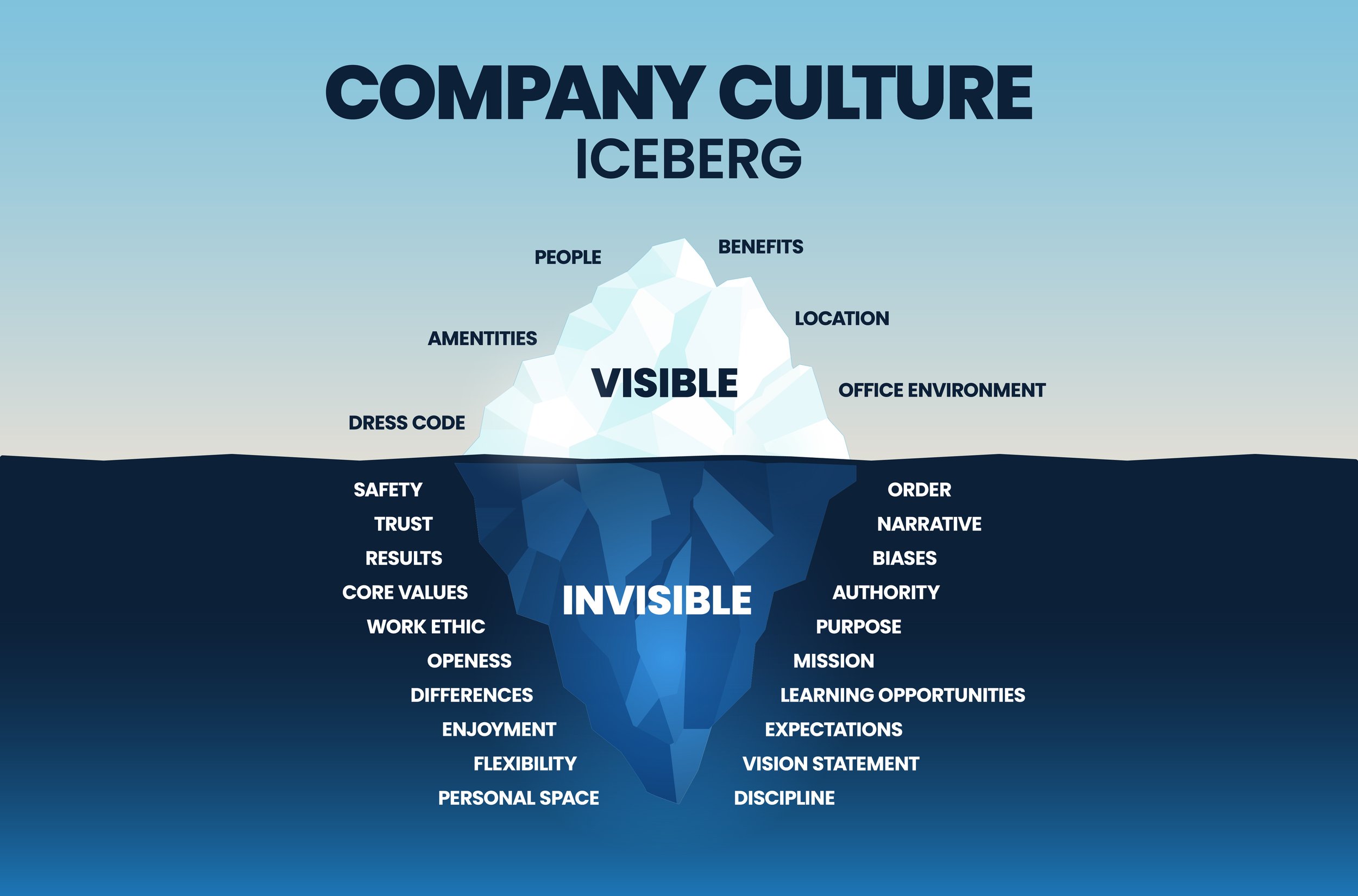When job searching, knowing how to optimize your resume for companies using Applicant Tracking Systems (ATS) like iCIMS can make all the difference between landing an interview and getting lost in a digital pile of applications. As a Certified Professional Resume Writer (CPRW) and Certified Executive Resume Writer (CERW), I’ll walk you through creating, formatting, and utilizing a resume that is not only ATS-friendly but also stands out to human recruiters at the companies you target.
By understanding how iCIMS works and tailoring your resume accordingly, you'll increase your chances of success in today's competitive job market. Here’s how you can master your resume for iCIMS:
Understanding iCIMS and Its Impact on Your Resume
Before diving into formatting and content, it’s essential to know how iCIMS works as an ATS. This system helps companies manage their entire hiring process, from job posting to onboarding. As part of that process, iCIMS scans resumes and parses data into a structured format, making it easier for recruiters to filter and search for the most qualified candidates.
If your resume isn’t optimized for iCIMS, key information might not be parsed correctly, causing your application to be overlooked. An ATS like iCIMS is highly efficient at screening resumes, but it depends on well-structured, keyword-rich resumes to understand your qualifications fully.
Crafting a Resume That Works with iCIMS
A. Use Simple and Clean Formatting
One of the most important aspects of creating a resume for an ATS like iCIMS is using formatting that is easy for the system to process. Complicated designs or unconventional layouts might confuse the system and cause key information to be overlooked.
Avoid Graphics, Tables, and Columns: These elements can throw off ATS systems. Instead, stick to simple bullet points and standard fonts.
Use Standard Headings: Use common headings such as “Work Experience,” “Skills,” “Education,” and “Certifications” so that the ATS correctly categorizes the sections.
File Format: Always submit your resume in a .docx or plain text format. Although some companies may accept PDFs, ATS systems like iCIMS handle Word documents better because they parse the content more easily.
B. Structure Your Resume Effectively
To maximize readability for both iCIMS and human recruiters, structure your resume in a logical and easy-to-navigate way.
Header Information: At the top of your resume, include your name, phone number, email address, and LinkedIn profile link. Keep it simple and avoid inserting these into a header or footer, as ATS may have trouble reading them.
Resume Summary or Objective: Start your resume with a concise summary or objective that highlights your key skills and what you bring to the table. Use keywords that reflect the job description, but don’t overstuff it with irrelevant terms. For instance, if applying for a sales role, terms like “business development,” “client relationship management,” and “sales strategy” should appear naturally.
Experience Section: List your work experience in reverse chronological order, starting with your most recent role. Be specific and focus on achievements using quantifiable results. Avoid only listing job duties; instead, emphasize how you added value. (More on this in the next section).
Skills Section: Include a dedicated skills section that outlines your core competencies. This helps iCIMS match your qualifications to the job description. Focus on hard skills relevant to the role, such as software proficiencies, technical abilities, and industry-specific knowledge.
3. Optimizing Content for ATS and Recruiters
A. Keyword Optimization
iCIMS is programmed to scan resumes for specific keywords that align with the job description. To make sure your resume ranks highly, carefully analyze job postings to identify these keywords. Pay attention to:
Job Title Keywords: Ensure the job title you’re applying for is mentioned in your resume, especially in the summary and experience sections.
-Skills and Expertise: Look for specific skills required in the job description and incorporate them into your resume if they match your background.
Industry-Specific Terms: Include any industry-specific jargon or technical terminology that is relevant to the position. However, avoid overloading your resume with unnecessary buzzwords.
B. Achievements Over Duties
Listing generic job responsibilities won’t make your resume stand out to an ATS or a human recruiter. Focus instead on quantifiable achievements and measurable results. For example:
-Weak Example: “Managed a team of sales professionals.”
Strong Example: “Led a sales team of 10 professionals, achieving a 30% increase in quarterly revenue and surpassing targets by 15%.”
C. Tailor for Each Job Application
To maximize your chances of success, tailor your resume for every job application, particularly when applying to companies using iCIMS. Each time you apply, review the job description for the most important qualifications and keywords. Customize your summary, skills, and experience sections to reflect the specific needs of the job.
By creating a tailored resume for each job, you’ll improve your ranking within iCIMS, increasing the likelihood that your resume will be seen by recruiters.
4. Common Mistakes to Avoid
A. Overstuffing Keywords
While it’s important to include keywords that reflect the job description, overloading your resume with irrelevant or excessive keywords can backfire. iCIMS and other ATS systems can detect when applicants use keywords unnaturally, which could hurt your ranking.
B. Ignoring Soft Skills
Although iCIMS and other ATS prioritize technical and hard skills, employers are also interested in soft skills like communication, leadership, and teamwork. Be sure to include these in your resume, particularly in the summary and achievements sections, where they can shine alongside your hard skills.
C. Using Inconsistent Terminology
Make sure that the terminology you use in your resume matches what’s in the job posting. For example, if a job posting asks for “customer success,” avoid using a different term like “client relations” unless they’re used interchangeably in the industry.
5. Utilizing Your Resume When Applying
A. Follow Application Instructions Closely
After creating your resume, ensure you’re submitting it correctly on iCIMS-powered platforms. Some companies may ask for additional materials, such as cover letters or portfolios, and iCIMS may allow you to upload multiple files.
Tip: If the company requests a cover letter, customize it just like your resume. Tailor the cover letter to highlight why you’re a great fit for the company and how your experience matches their needs.
B. Track Your Application
Once your resume is submitted via iCIMS, some companies provide status updates on the progress of your application. Make sure to check for any notifications and follow up if necessary. Showing proactive engagement can differentiate you from other candidates.
C. Leverage Networking Alongside Your Application
While your resume should be tailored and optimized for iCIMS, don't rely on it alone. Use platforms like LinkedIn to connect with hiring managers or recruiters. Networking is still one of the most effective ways to land a job, even in an ATS-driven world.
Reach out to contacts who work at the company or in your desired industry. Sometimes a personal connection can help your resume get flagged for review, even if you’ve already applied through iCIMS.
6. Preparing for the Next Steps
A. Stay Interview-Ready
Once your resume passes through iCIMS and catches the attention of recruiters, be prepared for the next steps in the hiring process. Familiarize yourself with the job description and company to speak confidently about how your experience aligns with their needs.
B. Follow Up with a Thank-You
If you land an interview, don’t forget to send a thank-you note afterward. Express your appreciation and reiterate your interest in the position. This extra step can keep you top of mind as they make their decision.
Optimizing your resume for iCIMS or any ATS is about creating a balance between technology and human engagement. Use clean formatting, include relevant keywords, and highlight measurable achievements to increase your chances of getting noticed. As a CPRW and CERW, I recommend refining your resume with each job application and staying engaged in the process through networking and follow-ups.








